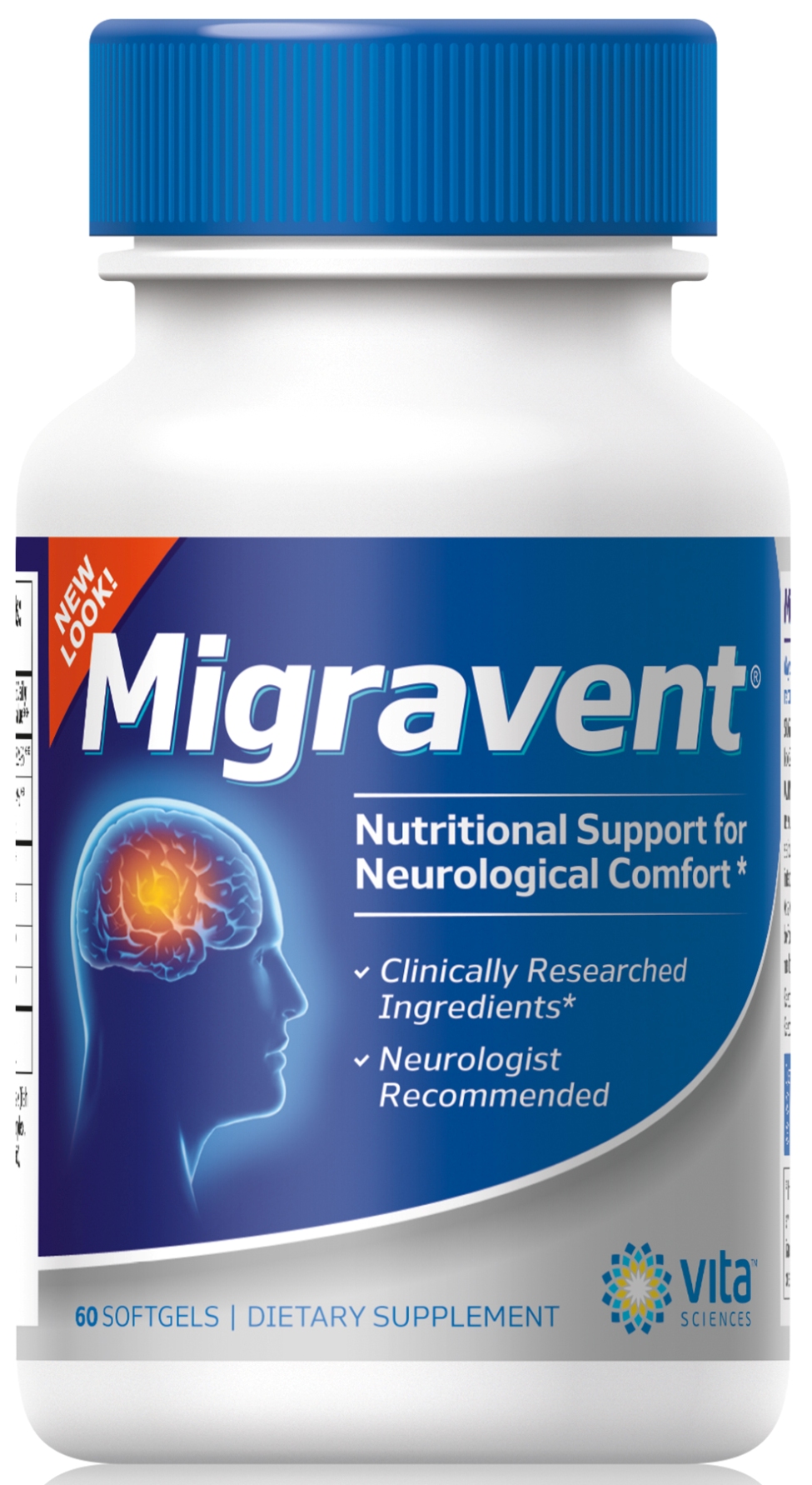Do you suffer from seasonal migraines every fall? Migraine weather triggers cause barometric-pressure headache, sinus headaches, and other signs of seasonal allergies. Weather-related migraines are difficult to ignore, but learning how to treat them early on will help you get through this headache season pain-free.
Can the weather trigger migraines?
There are over 100 migraine triggers, and migraine weather triggers are no exception. Severe headaches are often caused by changes in temperature, dry weather, storms, or changes in barometric pressure. Some seasonal migraines are linked with changes in brain chemistry, such as serotonin levels. Since you can’t escape the weather, your best alternative is to learn coping mechanisms that help eliminate headaches and migraines during the fall. By keeping track of weather-related migraine triggers, sleeping regular hours, and taking remedies for migraine headaches are essential for getting through season changes. (Read: 13 Reasons your Migraines Hate the Summer Season)
Migraines and barometric pressure
Changes in barometric pressure are also common migraine weather triggers. A study conducted by The New England Center for Headache states that most migraine-headache patients who believe that certain specific seasons trigger migraines are actually wrong. They are correct in assuming that their severe headaches weather-related, but what they don’t understand is that the changing of the weather causes their seasonal migraine- not the actual weather itself. Drops or rises in barometric pressure, changes in humidity (dry vs. rainy), and changes in temperature (hot vs. cold) are all factors that may trigger migraines. Coincidentally, fluctuations, in general, are common migraine triggers- changing hormone levels, changes in sleep habits, and not eating regular meals are likely to cause migraine attacks in chronic pain sufferers.
Headaches and allergies
Allergies are common migraine weather triggers. A study focusing on migraines and sinus headaches found that migraine headache sufferers who also suffered from Allergic Rhinitis (hay fever) experienced more migraine attacks during headache season than those that didn’t get seasonal migraine. The results, as posted in Science Direct, concluded that histamine, by causing nasal congestion in an area adjacent to the central nervous system, acts as a migraine trigger. An anti-histamine medication may help for relieving migraines caused by fall allergies. (Read Sinus Headache Remedies from the Kitchen- Eat This, Not That)
Seasonal migraine management options
Here are some tips for managing weather-related headaches:
- Use a headache diary to pinpoint migraine triggers, so that you can learn how to avoid them. For tips, read 10 Clues your should Include in your Headache Diary Today
- Make your home allergy-friendly by purchasing a HEPA filter and keeping sheets, pillows, clothes, and furniture clean.
- Avoid sinus headaches by drinking plenty of fluids, taking anti-histamines, using a nasal spray, and gargling saltwater or Listerine.
- Supplement with vitamins and minerals, such as riboflavin, magnesium, vitamin C, and butterbur.
Read more about migraine prevention:
Migraine Sufferer to World: It’s not just a Headache, People!
New York Times- Patient Thanks Butterbur for Migraine Relief
Sources:
- Migraine: Are they triggered by weather changes? – MayoClinic.com
- Barometric Pressure Changes – Migraines Often Triggered By …
- Severe Headaches Associated With Higher Temperatures, Lower …
- Migraine Headaches and Barometric Pressure – Associated Content …
- Managing Seasonal Migraine Issues
- The Relationship Between Allergies and Migraines: Evidence …
- Headache Migraine & Allergies – Migraine Center – EverydayHealth …
- Annals of Allergy, Asthma & Immunology
Image credits: David Castillo Dominici, Keattikorn, Simon Howden, luigi diamanti, jiggoja







